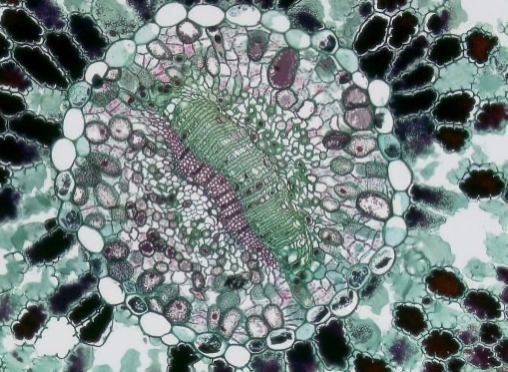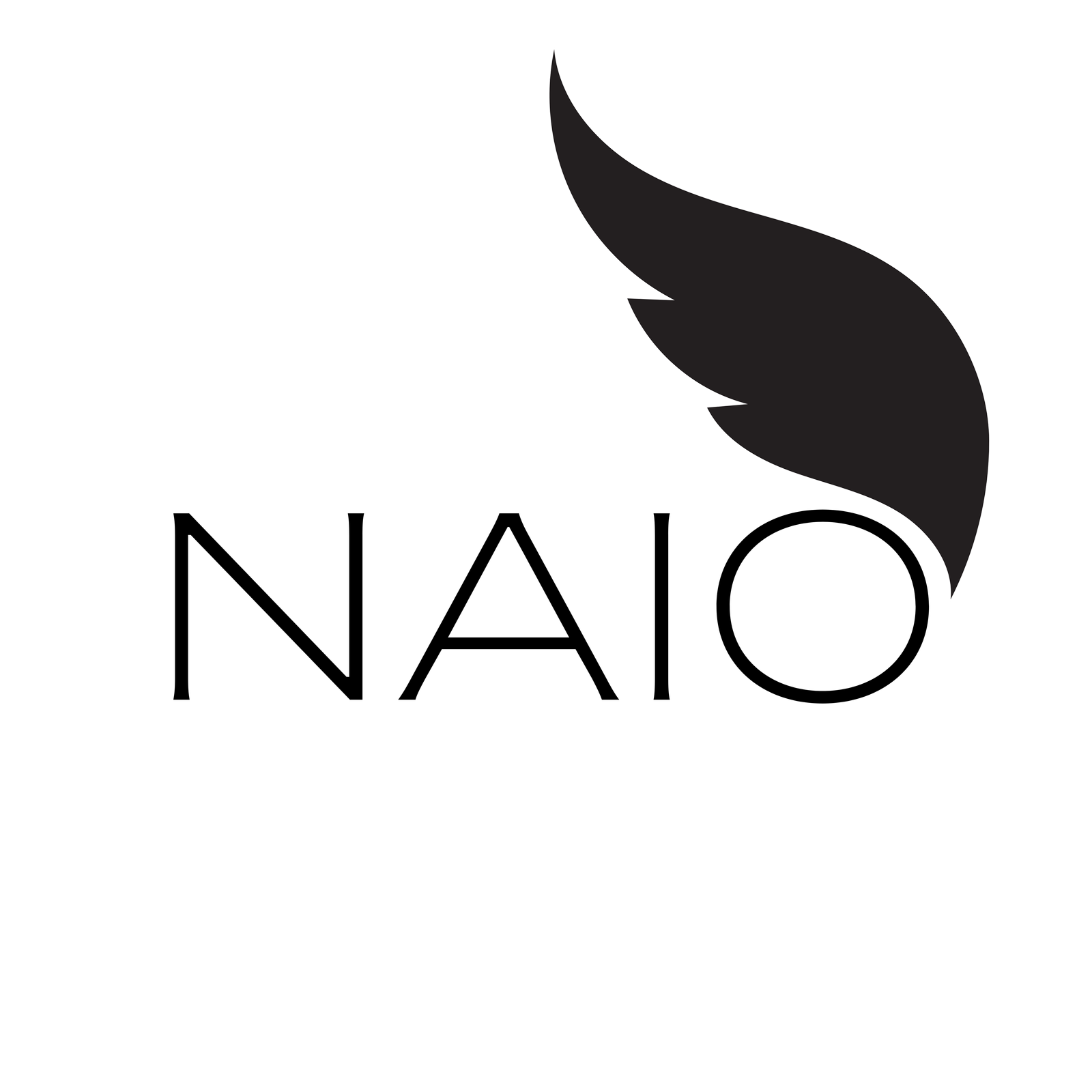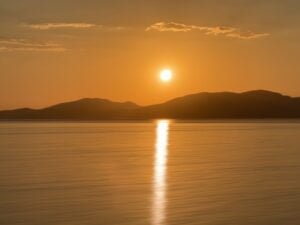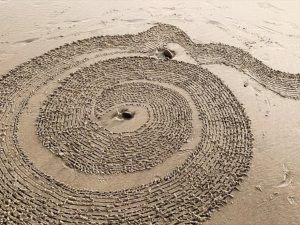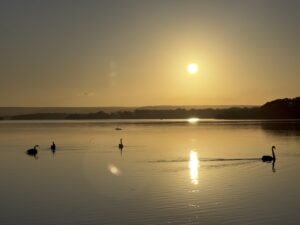NAIO International Learning Portal
PRIMORDIA Online Course
- Description
- Curriculum
Module Objective
On completion of the Primordia module, participants will summarize and relay key concepts related to the beginnings of life emerging through water. They will demonstrate a basic knowledge of cellular life, and its communicative capacities through movements such as vibration, pulsation and sensation. They will relay the definitions of motility and mobility, that started to emerge in primordial life.
-
1Primordia Introduction13 minutes
Prue Jeffries provdies a brief introduction to the NAIO™ Primordia Module.
The origins of life on earth, and so ourselves, is the study of mysterious life giving prowess. Much of the synchronous portion of this module will be exploring water, waves forms, and how it moves and creates.
Our bodies are anywhere between 60-80% water, and so the movements of water we study in nature, are occuring in someway within our bodies also, from a micro to macro levels.
-
2Primordial Waters: Water & Wave Meditations1 hour
These several videos provided are of the movements of water on a deserted Australian beach. Whilst you cannot be with me in-person for the experience - I am trusting the video will also convey water’s teaching to you about the ways of the primordial realm - how it creates and communicates - using the polyrythmicity of wave, vibration, pulsation and undulation.
Download and print the PDF from lesson materials for instructions.
-
3Primordial Waters: Meditations Continued30 minutes
Here are some extra videos of the movements within Water to study. Explore and replay as you like. Journal or draw if anything arrives in you, or that you notice.
-
4Sacred Water1 hour 30 minutes
This lesson is an overview of how Water is sacred across humanties diverse cultures - from cosmogenic and cosmological themes to the practical ways it sustains life and communities.
-
5How The Tides Really Work15 minutes
This video explains how many different tides are created and illustrates how they occur in all bodies of water. Another way to understand waves, energy, gravity and matter from the level of space, earth and nature.
-
6Unusual Waves in the Ocean & Large Water Bodies28 minutes
This Wave Happens Once in 10,000 Years, Scientists Have Finally Captured It
This video discusses different forms of waves in the ocean that are not often discussed. It illustrates the different forces that create them and provides some insight into just how many variatons of waves are happening at all times.
-
7Waves Forms Ubiquitous to Life and Tidal Bores1 hour
This lesson includes videos showing examples of Tidal Bore Phenomena. In particular the Qiantang River Tidal Bore to study and explore the many creative ways of water.
There is also an article discussing these wave phenomena for life in general, and using tidal bores and internal waves (explored in a lesson ahead) to illustrate waves roles in generating and sustaining ecosystems.
-
8Wave & Morning Glory Clouds - Solitary Wave30 minutes
The air we live and breath in - is also a fluid. So often the wave varieties seen in the ocean and water, also occur in the air. The Morning Glory cloud is called also a roll cloud - but it is considerd a particular type of wave - a solitary wave.
It is also consider an undular bore (a from of a tidal bore in water).
This explains them more here.
-
9Internal Waves15 Minutes
A quick explanation of Internal Waves
-
10Murmurations10 minutes
A Wave Form Study of Murmurations by Birds in Flight
-
11Schooling Fish, Synchronized Motions and Emergent Properties15 minutes
This lesson continues with studying wave-form phenomena, this time, similar to murmurations - schooling in fish can also be studied. There are two videos to watch.
There has also been some updated ideas around these phenomena with two articles outline how murmurations and schooling illustrates wave form, vibration, field dynamics, and chaos (sensitive chaos and disorder-to order) and sensation. All concepts we will continue to explore in different contexts ongoing in NAIO.
-
12What is Life?10 minutes
In this short video: The 5 core principles of life | Nobel Prize-winner Paul Nurse the main themes in Biology today are outlined, that reveal the primoridal underpinnings of life.
-
13The Cell30 minutes
This lesson looks at what cells actually do look like and how they move using microscopy with the video "Your Textbooks Are Wrong, This Is What Cells Actually Look Like"
-
14The Tiny Worlds Inside of Single-Celled Organisms - Soup of Life1 hour
This lesson looks at the soup of life - the inside of cells (the video looks at various different forms of cells) and also explores a type of cell known as cilia.
-
15Cytoplasmic Streaming5 minutes
Cytoplasmic Streaming is another way cells create, move and nourish themselves and their environments.
-
16Embryology and Morphogenesis30 minutes
In this lesson we start to look at embryological development and introduce the idea of morphogenesis.
-
17The Protoplasm of a Slime Mould by Dr. William Seifreiz27 Minutes
This 1954 film is now a classic, but represents one of the early documentations of Slime Mould study by William Seifriz, Professor of Botany at the University of Pennsylvania. There has been a resurgence of interest in Slime Moulds today, making this video highly relevant still. When we start to study cellular movements, and the fluid matrix of our bodies, from inner cells to the fascia, lymph and connective tissues - the intelligence within Slime Moulds which do not have a nervous system, and in fact precede nervous system development, shows a form often rapid primordial intelligence, and can be relevant to much of what Mae Wan Ho was looking at in her study of our crystalline matrix.
-
18How Brainless Slime Molds Are as Smart as Computers17 minutes
Slime molds have incredible problem solving abilities, this is how they work. They do not need a brain or a nervous system to be intellegent and efficient.
-
19Could organless plasmodial slime mould hold secrets about intelligent life?2 minutes
Neither plant nor animal, shapeshifting plasmodial slime mould was once considered a fungus, which it sometimes resembles. The mould crawls 1/25th of an inch per hour in search of life-sustaining nutrients and, despite lacking a brain, displays basic forms of computation and intelligence. This trailer for the feature-length documentary The Creeping Garden gives a brief glimpse into what has made plasmodial moulds such a point of fascination for scientists, mycologists and artists, including whether the moulds could hold clues to the origins of intelligent life.
